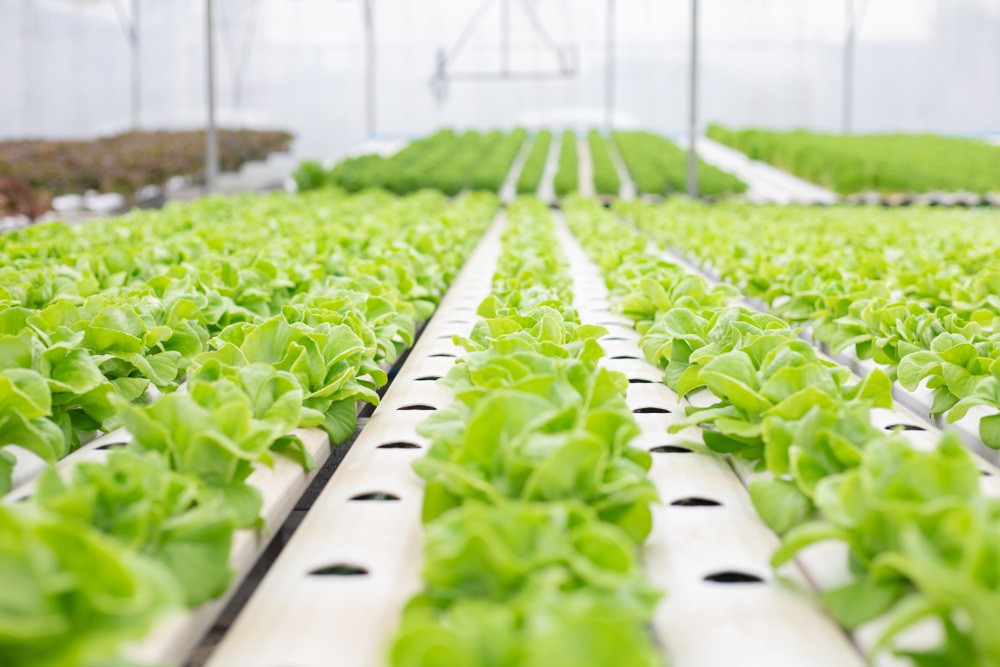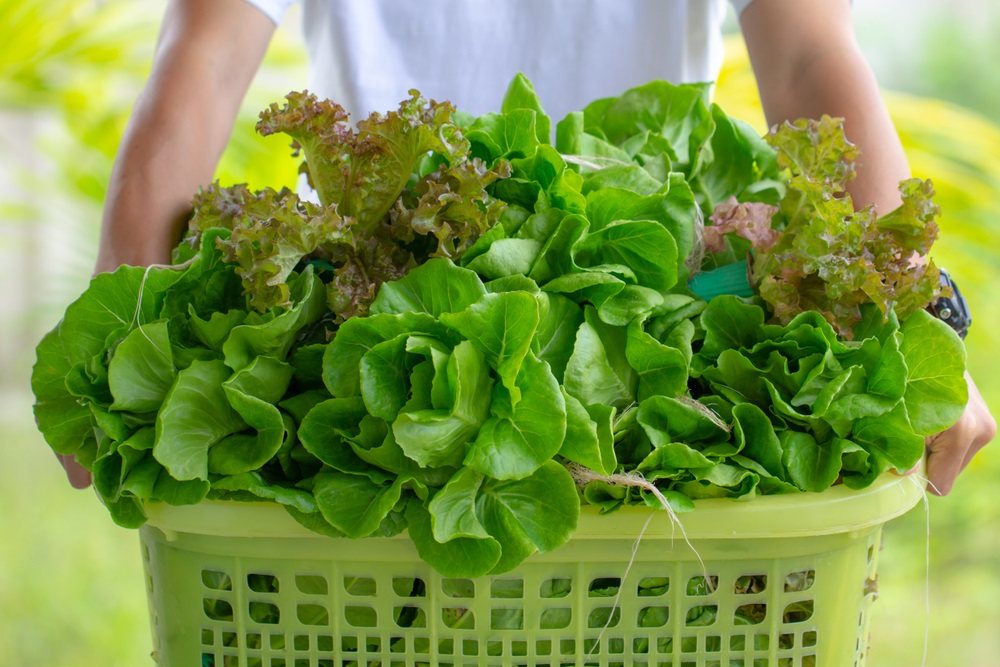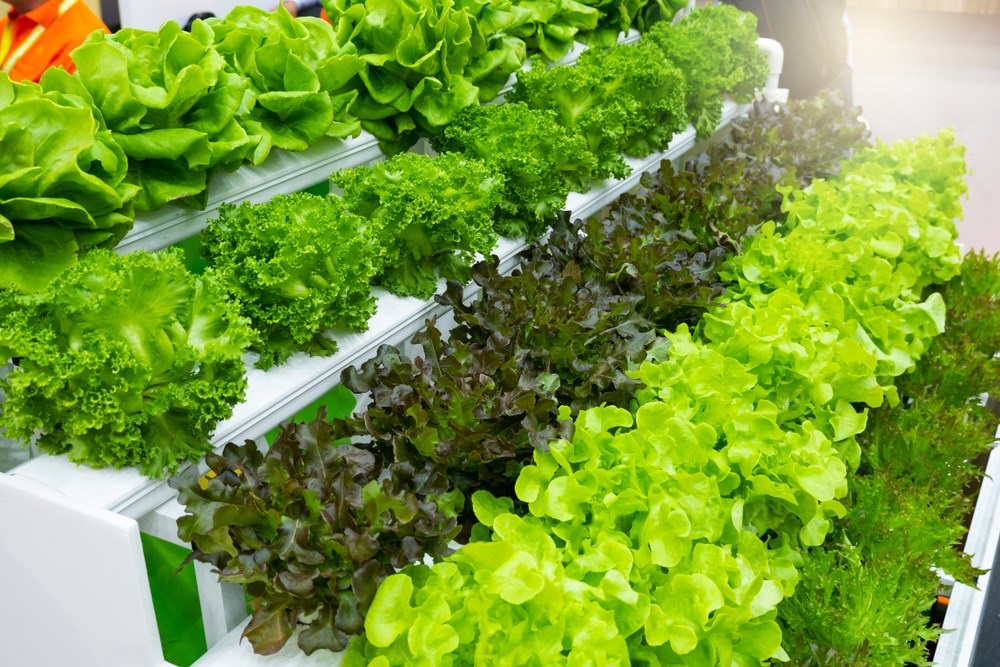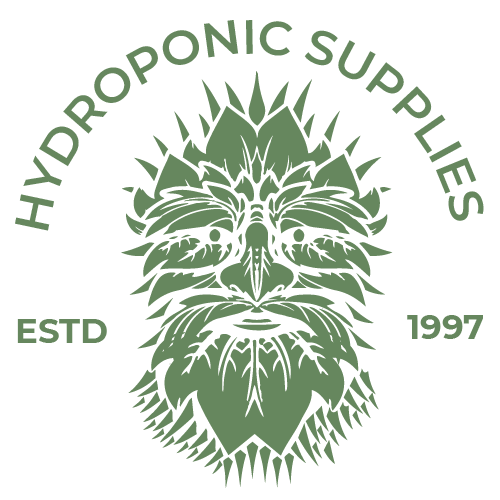
Wondering how is lettuce grown or how long does lettuce take to grow especially hydroponically?
Hydroponically growing lettuce, a crunchy, leafy green vegetable, is pretty simple in growing process. Stick to the article to know all about growing lettuce hydroponically.
Lettuce hydroponic growing time is incredibly quick and it matures in approximately a month. The tiny seeds germinate fastly in a soilless medium before being moved into a hydroponics system that uses only nutrient-rich fluid.
Creative Grow Store, the leading Hydroponics supplier in Rockingham & the Peel Region is expert in all hydroponic systems of growing plants. Our trusted knowledge and advice combined with our range of industry leading products has served our customers well for over 25 years.
Complete Guide of Lettuce Growing Hydroponically with Creative Grow Store
Lettuce Profile:
| Botanical identity | Lactuca sativa |
| Usual Name | Garden lettuce or lettuce |
| Type | Vegetable |
| Size | More than 12 inches tall 2-12 inches wide |
| Blooming time | Although it thrives in chilly climates, season may be cultivated indoors or in controlled environments all year round. |
| Native to | Mediterranean |
What are the benefits of hydroponic lettuce for health?
The health advantages of lettuce cultivated hydroponically are identical to those of soil-grown lettuce. It is a good source of vitamin K, which is necessary for strong bones. It can hydrate since it contains up to 95% water, and the vitamin A it contains is healthy for the eyes.
In addition to these advantages, lettuce grown hydroponically is far less prone to become contaminated. Particularly lettuces are extremely vulnerable to threats like e.coli. However, the majority of hydroponic systems offer protection against such infections by lowering the likelihood of contamination in the first place.
The plant is a fantastic source of minerals, fibres, and nutrients that support a healthy diet, including folate, B-carotene, and lutein. According to studies, some lettuce varieties, especially leafy varieties and those with deeper or redder hues, include bioactive chemicals that have anti-inflammatory, cholesterol-lowering, and even anti-diabetic characteristics.
How Do I Plant Lettuce in Hydroponics?

Start by germination your lettuce seeds in a growth medium like perlite, coconut fibre, rockwool, or light clay aggregate in hydroponic lettuce setup.
- Seeding
Expect just around 75% of your seeds to sprout; the percentage will vary depending on the variety of lettuce.2 Add a growth medium to your trays and slowly add water to keep them wet but not drenched. Each plug should contain up to three seeds, which you may gently condense by covering with a quarter-inch of medium.
As the seeds grow, continue to spray them often to keep the soil wet. It’s time to transplant the plant into your permanent hydroponics system once it has grown a few mature leaves and roots that stick out of the bottom of the medium often after two to three weeks or when they are around 2 inches tall.
- Transplanting:
It’s crucial to avoid tugging too forcefully on the new stalks when transferring your seedlings from the plug trays to the hydroponic system because doing so might quickly destroy the plant. Put each seedling into its own pot after very gently loosening the roots with your fingers. Tuck the roots between the slats so they hang into the nutrition solution below.
How to do Hydroponic Lettuce Care?
Most hydroponically grown lettuces thrive in a pH range of 5.5 to 6.0. Make sure your plants receive enough calcium to protect them from scorched or wilted leaves. Your plants’ height will depend on the amount of nitrogen they receive. To keep your plants healthy, pay attention to the amounts of potassium, magnesium, and phosphorus as well.
Lettuce grown hydroponically requires little maintenance once it is established in your system.
To achieve the greatest outcomes, it will mostly depend on giving sufficient light which changes depending on whether you’re growing inside or outdoors, controlling air temperature, and modifying nutrition levels.
- Light:
Start out with anywhere between 10 and 14 hours of moderate to low light each day as hydro lettuce doesn’t require much light. If given insufficient light, plants won’t develop as effectively, and insufficient light might make the leaves bitter.
Consider adding more lighting if you observe subdued colours in your lettuce since deeper red leaf types won’t retain as much colour in low light conditions.
- Water:
You should routinely check your nutritional solution for evaporation and replenish as necessary, but you should probably replace the entire solution every two or three weeks. After harvesting, you may water your usual garden or indoor plants with the leftover solution.
- Thermodynamics and Humidity:
As lettuce is a cool-season crop, keep the air cool, preferably below 75 degrees Fahrenheit (remember, greater temperatures might cause your lettuce to become bitter).
Maintain nighttime temperatures between 60 and 65 degrees Fahrenheit and daytime temperatures between 68 and 75 degrees.
What are the nutrients and medium for lettuce?

There is no need for soil in hydroponic plant like lettuce because the roots grow directly in the water. Instead, gardeners use a growing medium to aid in the seedlings’ initial germination as well as to physically support the roots as the plant matures.
Stone wool (rockwool), phenolic foam, coconut fibre, and perlite are frequently used for germination of lettuce.
Leafy greens like lettuce require more nutrients than other plants because nitrogen is the best fertiliser for promoting leaf growth. Additionally, lettuce requires a lot of phosphorus to encourage maturity and boost harvest yield.
What kinds of lettuce are grown hydroponically?

Although almost any variety of lettuce can be grown hydroponically, gardeners prefer the loose head varieties because it is simpler to harvest their leaves separately, extending the harvest period for the entire plant. Butterhead lettuce, romaine lettuce that is frequently grown, mild loose-leaf lettuce varieties, and robust, crispy lettuce are some of the more well-liked varieties.
Take into account the fact that different types have different growing cycles. For instance, butter head and romaine lettuces can be harvested in three to four weeks, whereas tougher lettuce varieties like iceberg take six to eight weeks to mature.
How is Hydroponic Lettuce Harvested?
Most varieties are best harvested by taking the larger, outer individual leaves without removing the entire head, with the exception of crisp head varieties like hydroponic iceberg lettuce. In this manner, the smaller, inner leaves have space to develop further. The entire head can also be harvested at once, but it will take longer—possibly five to six weeks—to mature.
Either cut off the entire plant from the roots in order to harvest the entire head of lettuce at once, or cut off all of the leaves at once from the plant’s base. If you intend to continue growing lettuce hydroponically, be sure to have replacement seedlings available for replanting into the system.
How is Hydroponic Lettuce Stored?
While lettuce heads should be harvested all at once to ensure longer storage in the refrigerator. Wrap the crown in a wet paper towel or submerge the bottom in a shallow bowl of water to further extend its life.
Before or after placing your lettuce in the refrigerator, you can wash it. If you wash the lettuce before storing it, put a paper towel inside the plastic bag or reusable container to absorb any excess moisture. This will keep your lettuce from getting soggy and will increase its shelf life.
Facts about Lettuce:
- In ancient Egypt, lettuce served as a sign of fertility.
- Augustus Caesar wanted to build a monument in honour of lettuce after claiming that the green vegetable assisted him in recovering from a critical illness.
- From a botanical perspective, lettuce is closely linked to the asteraceae family’s chrysanthemum, zinnia, sunflower, and dahlia.
- Christopher Columbus is credited with introducing lettuce to America.
- Light green lettuce leaves are less nutrient-rich than dark green lettuce leaves.
- The term “rabbit food” for lettuce first used in the 1930s.
- Although there are many different kinds of lettuce available, four of them are the most popular: romaine, butterhead, iceberg, and green leaf.
- In the US, lettuce is second only to potatoes in terms of popularity among fresh vegetables.
FAQs:
Which lettuce cultivar is ideal for hydroponics?
Loose head varieties with easy-to-harvest leaves, like butter head and romaine, are the best options for hydroponics. Hydroponically, almost all varieties of lettuce can be grown.
How long does it take to grow lettuce?
Fast-growing hydroponically grown lettuce can reach maturity in as little as one month.
Why is my lettuce dying in hydroponics?
Your lettuce hydroponics plant could suffer from a few issues as some signs you might experience like:
If your leaves are burned or wilted, your nutrient solution lacks calcium. Premature bolting because of the greenhouse’s excessively warm temperatures. Limp leaves due to excessive or insufficient heat, insufficient light, or a fungus infection
Why is hydroponic lettuce superior to regular lettuce?
All the advantages of conventional, soil-grown lettuce are available with hydroponic lettuce. However, it benefits as being shielded from the contaminants that frequently cause food recalls. Using less water, no soil, and no chemical pesticides makes it more environmentally friendly.
Is hydroponically grown lettuce safe?
Yes! Lettuce grown hydroponically has similar nutritional advantages to that grown in soil, but it typically arrives to consumers fresher and safer.
How long does lettuce grow in hydroponics last?
If the roots are harvested whole, hydroponically grown lettuce can last for two to four weeks.
Can E. coli be found in Hydroponic Lettuce?
It’s difficult to envision a situation where E.coli could be introduced because hydroponic lettuce is grown in controlled environments.
Is washing hydroponic lettuce necessary?
Although there are a few ways that lettuce grown in a hydroponic environment can be contaminated, it’s still best to wash vegetables before eating them.
What lettuce does hydroponic growing best?
The majority of lettuce varieties can thrive in a hydroponic system, but some of the most well-liked types include butter leaf, red and green oak leaf, and romaine.
Is hydroponic lettuce easy to grow?
Yes, because it is simple to grow and matures quickly, lettuce is one of the most popular hydroponic crops. Nevertheless, knowing the ideal circumstances for optimum growth is crucial.
How much light does hydroponic leaf need?
Around 18 hours of sunshine or grow lights should be provided to lettuce seedlings each day, followed by 6 hours of darkness. Your hydroponic lettuce plants should receive between 10 and 14 hours of light each day after they are established.
What are hydroponic leaf nutrients?
Most lettuces grown hydroponically flourish in a pH range of 5.5 to 6.0. Make sure your plants get enough calcium to keep their leaves from becoming scorched or wilted. The quantity of nitrogen your plants consume will determine their height. Consider the quantities of potassium, magnesium, and phosphorus as well to keep your plants healthy. Keep the nitrogen level at or around 5. Range phosphorus levels between 15 and 20 to maintain them. The range for ideal potassium levels is 20 to 40.
What temperature is best for hydroponic leaf?
The majority of lettuces prefer cooler temperatures and are usually grown outdoors in the spring or fall. Generally speaking, lettuce should germinate between 65° and 80°F. Once you’ve got things going, you can lower the temperature a little bit, keeping it around 75°F during the day and 55°F at night.
